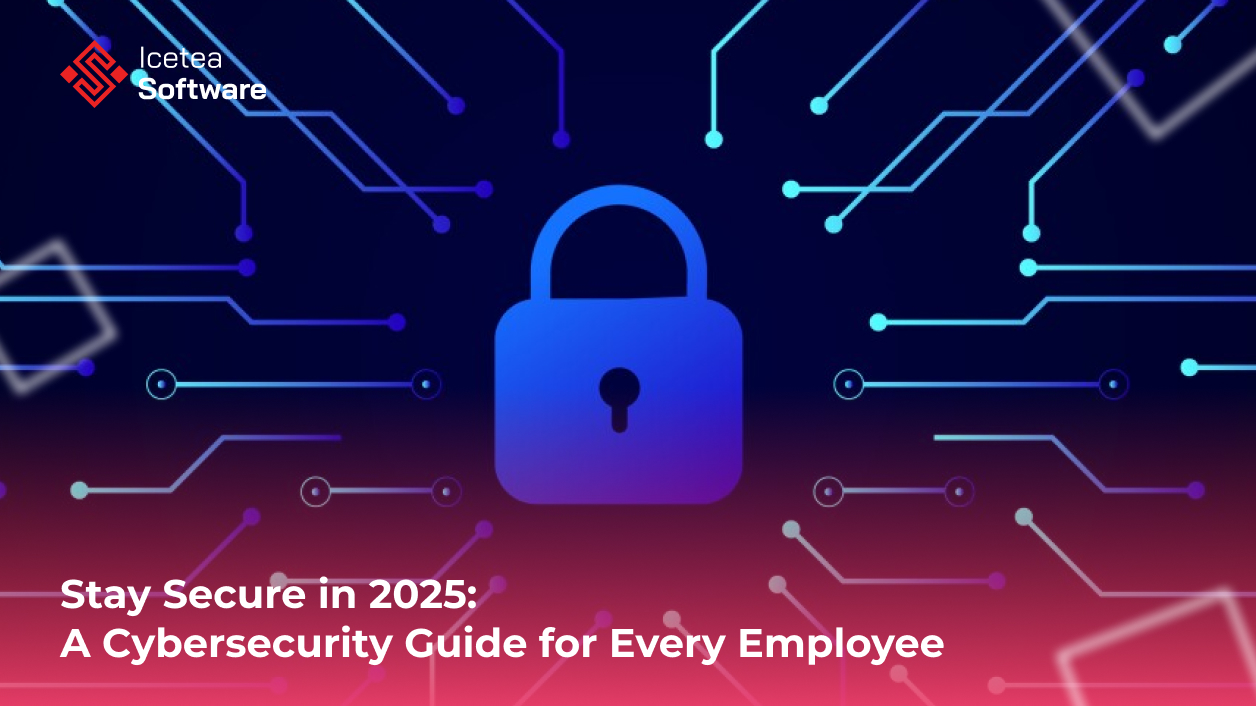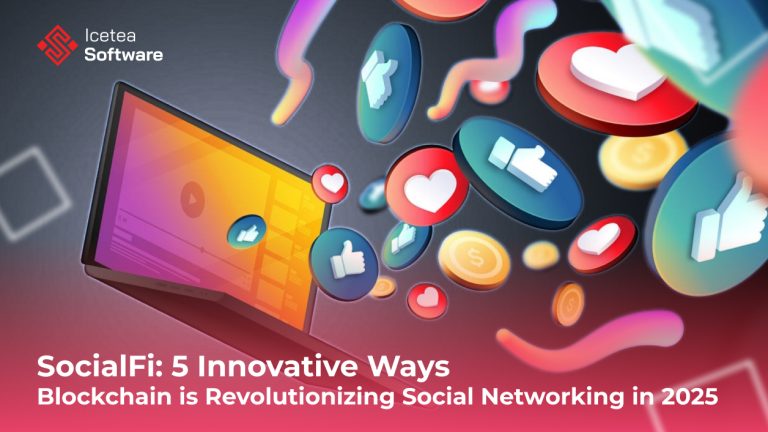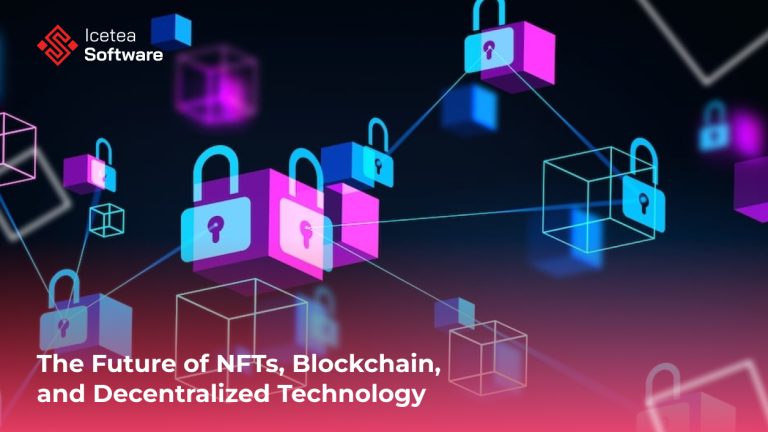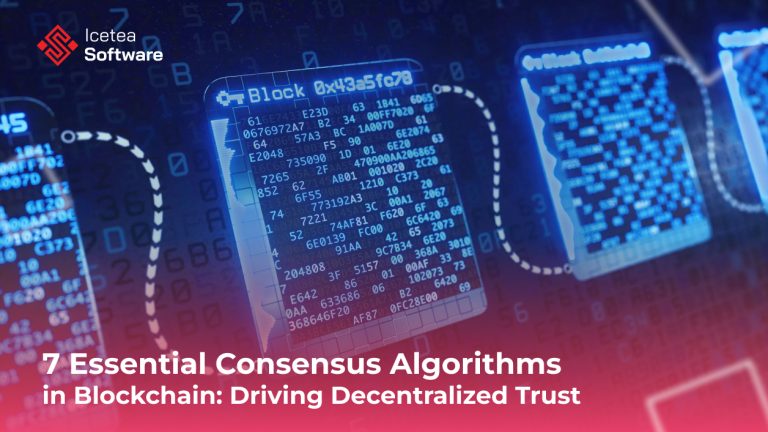Stay Secure in 2025: A Cybersecurity Guide for Every Employee

- Why Cybersecurity Is a Business Essential in 2025
- Understanding the Most Common Cyber Threats in 2025
- Strengthening Your Digital Hygiene: The Must-Dos
- Recognizing Phishing in 2025: The New Red Flags
- Remote Work: Cybersecurity at Home
- Know Your Company’s Cybersecurity Policy
- If You Suspect a Breach, Act Fast
- Cybersecurity Is Ongoing — Not a One-Off Training
- Final Thoughts: Cybersecurity Is Everyone’s Job
In 2025, cybersecurity is no longer just a technical concern — it’s a business-wide priority and a shared responsibility. With cyberattacks growing in scale, frequency, and sophistication, every employee plays a critical role in protecting their organization from data breaches, financial losses, and reputational damage.
As remote work, hybrid offices, AI tools, and cloud services become the norm, understanding the basics of cybersecurity is essential — not only for IT professionals but for anyone with access to a device, an email inbox, or a network.
This guide offers a comprehensive breakdown of what every employee should know in 2025 to protect themselves and their organization in the digital age.
Why Cybersecurity Is a Business Essential in 2025
Cybercrime is a booming business — with no signs of slowing down. The average cost of a data breach in 2024 hit a record $4.88 million (IBM), and experts predict it will only rise in 2025. Meanwhile, hackers are leveraging AI to automate attacks, clone voice recordings for fraud, and craft hyper-realistic phishing messages that bypass traditional defenses.
With more organizations adopting decentralized infrastructures and BYOD (Bring Your Own Device) policies, the attack surface has widened dramatically. Cybersecurity is no longer confined to firewalls and antivirus software — it’s about people, processes, and awareness.
Understanding the Most Common Cyber Threats in 2025
You can’t defend against something you don’t understand. Every employee should know the key types of threats they may encounter:
1. Phishing and Spear Phishing
Phishing is still the most common attack vector in 2025, but it’s now turbocharged with AI. These emails or messages mimic real communication from trusted sources, often tricking users into clicking malicious links or entering sensitive credentials.
Spear phishing is even more targeted — crafted using publicly available information from social media or past data breaches.
2. Ransomware
Ransomware attacks lock users out of their files or systems, demanding payment in cryptocurrency to restore access. In 2025, ransomware-as-a-service (RaaS) allows even low-skilled hackers to deploy devastating attacks, often targeting healthcare, education, and SMBs.
3. Deepfake Scams
AI-generated videos and voice messages (deepfakes) are being used to impersonate CEOs or financial officers in high-stakes scams. Imagine receiving a voice message from your boss asking you to wire money — and it sounds exactly like them.
4. Credential Stuffing
Using login credentials leaked in previous data breaches, attackers attempt to gain access to corporate accounts, especially if passwords are reused across multiple platforms.
5. Insider Threats
Not all threats come from external actors. Employees — whether careless or malicious — can unintentionally expose data or provide a backdoor for attackers.
Strengthening Your Digital Hygiene: The Must-Dos
Good cybersecurity starts with consistent digital hygiene. Just as you wash your hands to prevent illness, these habits help prevent cyber infections:
Use Strong, Unique Passwords
Avoid using the same password across different accounts. Use a password manager like Dashlane, Bitwarden, or 1Password to generate and store strong passwords.
Enable Multi-Factor Authentication (MFA)
MFA adds an extra layer of security by requiring a second verification step — like a code sent to your phone or an authentication app. It can block up to 99% of account compromise attempts.
Think Before You Click
Always double-check URLs, even if the email seems to come from someone you trust. When in doubt, verify via a different communication channel.
Keep Your Devices Updated
Software and OS updates often contain patches for known vulnerabilities. Delaying them could leave your system exposed.
Use Secure Networks
Avoid public Wi-Fi without a virtual private network (VPN). Home routers should be password-protected and regularly updated.
Recognizing Phishing in 2025: The New Red Flags
Phishing is getting smarter — but so can you. Here’s what to look for:
- Unexpected urgency: “Update your password immediately or lose access.”
- Generic greetings: “Dear user” instead of your name.
- Misspellings: Slightly misspelled domains like micros0ft.com or g00gle.org.
- Spoofed email addresses: The display name says “IT Support,” but the email domain doesn’t match.
- Unusual requests: Being asked to buy gift cards or wire money.
If anything feels “off,” it probably is. Always report suspicious emails to your cybersecurity team.
Remote Work: Cybersecurity at Home
The lines between work and home continue to blur. Whether you’re working from a café, a co-working space, or your living room, secure your digital environment:
- Don’t share your work device with family or friends.
- Turn off smart assistants (Alexa, Google Home) during sensitive calls or meetings.
- Avoid downloading unapproved software or browser extensions.
- Use company-approved cloud storage instead of saving files locally.
Remote workers are prime targets for attackers because their devices often sit outside the company’s firewall.
Know Your Company’s Cybersecurity Policy
Many employees aren’t aware of their company’s official cybersecurity guidelines — until something goes wrong. Don’t wait for a crisis. Be proactive:
- Know who to contact in case of a suspected breach.
- Understand data classification rules — which files are sensitive, confidential, or public.
- Familiarize yourself with approved tools and platforms for communication and file sharing.
- If you’re unsure about an action (e.g., installing software), ask IT before proceeding.
If You Suspect a Breach, Act Fast
Here’s what to do if you click a suspicious link or your device behaves strangely:
- Disconnect from the internet.
- Don’t try to fix it yourself — especially not by deleting files or restarting the system.
- Report immediately to your cybersecurity or IT team.
- Document what happened (e.g., screenshots, email content) to aid the investigation.
The faster you report, the less damage is done. Early detection can mean the difference between a minor incident and a major crisis.
Cybersecurity Is Ongoing — Not a One-Off Training
Many companies still rely on annual cybersecurity training videos — which employees often skim or skip. In 2025, the best companies are investing in continuous awareness programs, including:
- Phishing simulations
- Gamified training modules
- Monthly security newsletters
- AI-powered risk alerts
- Microlearning platforms like KnowBe4 or Curricula
If your company doesn’t have an ongoing program, suggest one. Cybersecurity awareness should evolve with the threat landscape.
Final Thoughts: Cybersecurity Is Everyone’s Job
At Icetea Software, we believe that cybersecurity is no longer a reactive function — it’s a proactive culture. In 2025, as cyber threats evolve with unprecedented speed, organizations can no longer rely solely on firewalls, antivirus software, or yearly compliance checklists. The real foundation of digital security lies in people — empowered, educated, and equipped to make smart decisions every day.
That’s why we don’t just build software — we build secure, scalable, and resilient ecosystems that prioritize trust at every layer. Whether it’s through enterprise-grade security protocols, blockchain-backed transparency, or embedded AI safeguards, our solutions are designed with security by design — not as an afterthought.
We also recognize that cybersecurity is not just a technical issue; it’s a business-critical priority. From engineering teams to marketing, HR, and beyond, everyone at Icetea Software is committed to upholding strong cyber hygiene practices — and we work closely with our partners and clients to instill the same awareness in their organizations.
As a technology company that thrives on innovation, we understand that every line of code, every login, and every data transfer is an opportunity — not only to build smarter systems but also to build safer ones. Our goal is to lead by example, showing that security and speed are not mutually exclusive — they are the foundation of sustainable digital growth.
So whether you’re a startup securing your first MVP or an enterprise scaling globally, Icetea Software is here to help you navigate the evolving threat landscape with confidence, clarity, and care. Because in the end, cybersecurity isn’t just about avoiding risks — it’s about enabling bold ideas to thrive in a secure digital future.
————————–
𝗜𝗰𝗲𝘁𝗲𝗮 𝗦𝗼𝗳𝘁𝘄𝗮𝗿𝗲 – Cutting Edge Technologies!
Website: iceteasoftware.com
LinkedIn: linkedin.com/company/iceteasoftware
Facebook: Icetea Software







